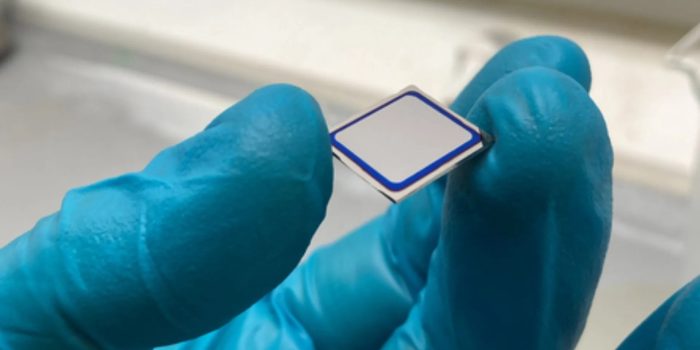The Technical University of Denmark’s researchers have potentially transformed solar cell efficiency by melding older and newer technologies, offering a pragmatic remedy to the efficiency-cost conundrum in solar energy production.
Transitioning away from fossil fuels hinges on harnessing solar energy, a pivotal endeavor. However, prevailing solar cell technology struggles to convert more than 30 percent of incident solar energy into electricity, indicating untapped potential.

Efforts to bolster solar cell efficiency often confront affordability hurdles, notably with newer materials promising slight efficiency gains but accompanied by higher costs and shorter lifespans. Tandem solar cells, integrating two layers of photovoltaic material to broaden the wavelength range converted into electricity, present a promising alternative.
This innovation holds significant promise for advancing solar energy production while mitigating economic concerns. However, integrating different materials escalates costs, necessitating a solution that maximizes efficiency while minimizing expenses.
The Danish researchers addressed this challenge by blending older selenium-based technology with modern silicon. Selenium, once predominant in solar cell manufacturing due to its lower cost and melting point, was overtaken by silicon for its superior efficiency despite higher production costs.
The researchers developed a “solar sandwich” configuration with selenium as the top layer and silicon as the bottom, leveraging selenium’s wide bandgap to absorb multiple sunlight wavelengths, enhancing versatility compared to silicon.
Initial prototypes demonstrated modest efficiency (2.7 percent compared to silicon’s 26.8 percent), but the researchers are confident in achieving tenfold improvements through material optimization. This hybrid approach offers the potential to match or surpass contemporary technologies in efficiency while remaining cost-effective.

Combining the virtues of both older and newer technologies, researchers have unveiled a practical resolution to the age-old dilemma of balancing the efficiency and cost of solar cells. This breakthrough harbors immense potential for expanding the utilization of solar energy, a critical endeavor in the fight against climate change and the pursuit of sustainability objectives.
Once fine-tuned, this pioneering solar cell innovation could serve as a substantial catalyst for the worldwide shift toward renewable energy sources, representing a noteworthy achievement in our journey towards a sustainable future.


